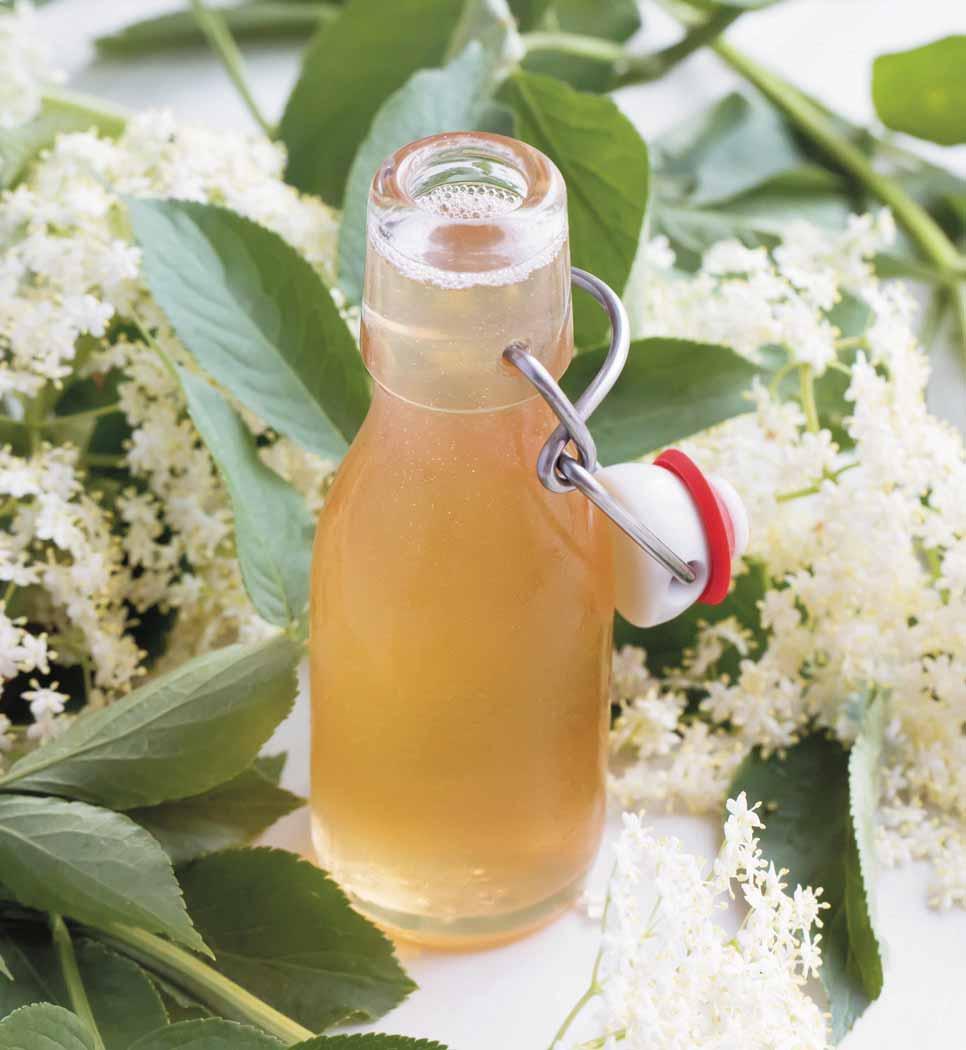
1 minute read
Elderflowers for food and medicine
WHILST the Melbourne Cup long weekend might symbolise time off and a famous horse race for some, for naturopaths and herbalists it’s a reminder that it’s elderflower season.
During spring we see the explosion of white creamy floral scented flowers burst into bloom on country road sides in our area.
This three to four metre tall deciduous tree can also be grown easily in most gardens in the North East.
It prefers a sheltered position underneath larger canopies, but adapt easily to a full sun position.
The stunning flowers are followed by the dark purple/black berries that are famous for fighting bugs, viruses and all things winter sniffles.
Traditionally the whole plant is utilised in teas, cordials, syrups and tinctures using the flower, berries, bark and roots.
The raw product can be toxic so please do your research and follow recipes correctly.
In the domestic kitchen the flowers can be deep-fried into fritters, used as decoration on food or turned into refreshing wine, beer, or cordials.
While the berries can be made into jams or chutneys to add to sweet dishes like pancakes and ice cream.
So enjoy your long weekend, and please feel free to let us know how you go growing this beautiful tree and stories of your next wild forage experience via our socials.


